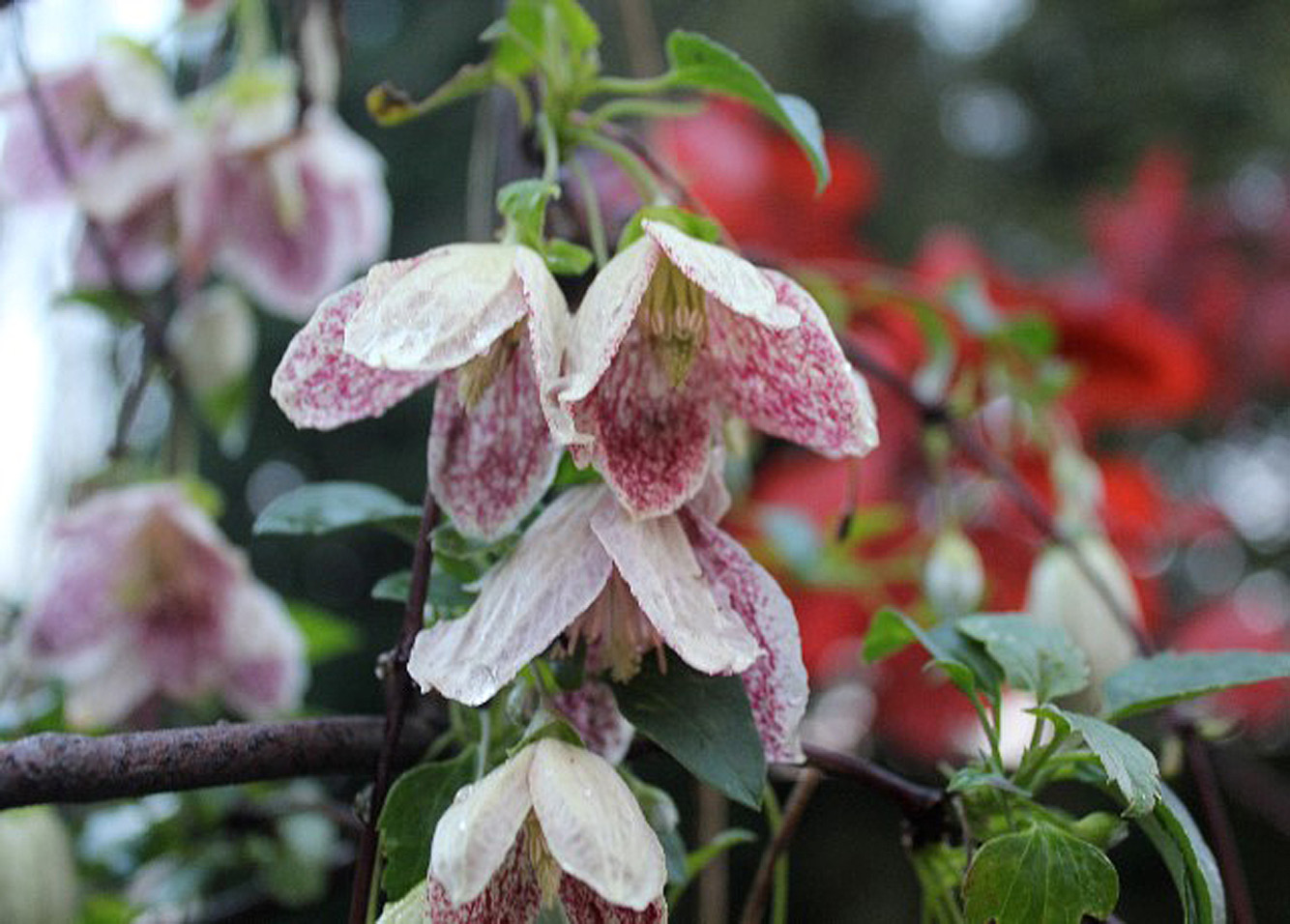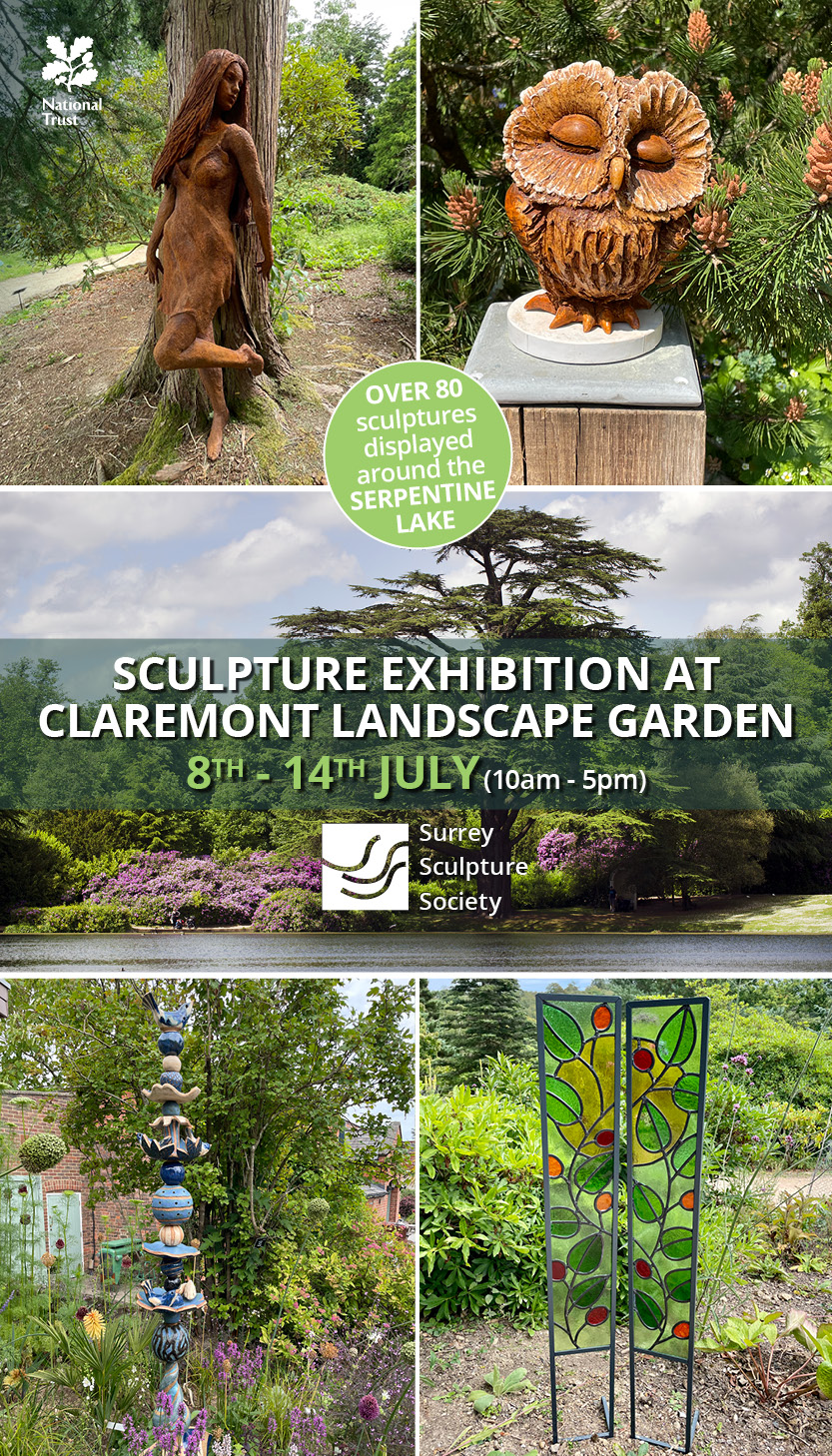There is not much that flowers at the bleak dark start of the year. What blossom there is tends to be small and weather resistant. Flowers hang their shy heads or modestly tuck themselves behind evergreen leaves. Some are so small that they’re almost invisible – walk too fast and you might not notice them at all. What you will notice though, is their scent. Many winter flowers make up for their lack of colour and size with powerful fragrances – designed to attract pollinating insects.
Sadly for the plants, most of the insects have either died, or are waiting out the winter, as larvae, or in stasis as adults – hiding in log piles, garden sheds and the gaps in our window panes. Because there are so few of them around, the plants have to compete for their attention. Just as we are drawn by the scent of a bacon sandwich or freshly baked cake, any insects that are still out and about are lured by the promise of nectar wrapped up in a fragrant flower.
Deciduous shrubs
Many of the early flowers appear on bare stems, long before any leaves start to grow. Once the leaves do appear these shrubs revert to being straggly nothings, but right now they are the stars of the show. Winter Sweet (Chimonanthus praecox) is one of these humble bushes, with small cream coloured flowers perfumed with hints of citrus. Lonicera ‘Winter Beauty’ is a winter flowering shrubby honeysuckle that produces masses of sweetly scented flowers in January and February. It is the scent that is beautiful, not the bush. Viburnum x bodnantense ‘Deben’ is better behaved with small pink buds opening to become highly fragrant white flowers. These shrubs are well suited to a path-side position, but they need to be able to bow out and retreat into the background once they come into leaf.
If you have the space for a specimen, try a Witch Hazel: Hamamelis x intermedia ‘Pallida’ has scented flowers that climb its bare branches like little yellow spiders. It also has good autumn foliage, which helps to redeem the other eight months of dull green leaf. Grow it as a specimen, as it eventually gets quite large.
A delicate climber for a sunny, sheltered position is Clematis cirrhosa var. balearica. Each cream coloured bell is speckled reddish brown, and the citrus scent is released on sunny winter days.
Evergreens
Daphnes are the ultimate winter plant. Many are beautiful, evergreen and highly scented. Daphne odora ‘Aureomarginata’ is one of the earliest. It is slow growing with variegated evergreen foliage, but has a really intense and sweet, Jasmine-like fragrance. Daphnes do need to be grown in exactly the right conditions in order to thrive. Not too wet, not too cold, not too exposed. Imagine inviting the plant version of Goldilocks into your garden…
For most of the year Mahonia japonica is a large, dull and prickly evergreen, but in the depths of winter its thick stems are topped by impressive yellow flower spikes that brighten the darkest of days and smell of lily-of-the-valley. Mahonia x media ‘Charity’ is one of the biggest and boldest to grow. If you are looking to impress with scent rather than size, try the hard to pronounce (and spell) Sarcococca confusa, which luckily also goes by the easier name of Christmas Box. It is not an exciting plant to look at – in fact most people don’t notice it at all, so I tend to plant it behind something unscented but good looking. The problem with this is that the plant in front often takes all the credit for the amazing fragrance of the unremarkable looking Sarcococca. I’ve taken to calling it the ‘Cyrano de Bergerac’ plant.
Fragrant foliage
You might need to brush past a plant with aromatic leaves in order to enjoy their scent, or even cut some to bring inside and add to winter arrangements. The fragrance is usually held within the concentrated sap, rather than flowers. We are all familiar with Rosemary and Lavender, but many pines, firs and spruces have distinctive aromas. Much maligned conifers can have lovely fragrances when their leaves are bruised or crushed. Some have the typical conifer type foliage, but Cupressus macrocarpa (the lime green one sold as bedding), releases a fresh citrus fragrance.
Myrtle is an ancient and revered plant, once believed to have magical properties and associated with Aphrodite and Venus, the goddesses of love. It is an attractive, small leaved evergreen that will provide a pretty backdrop for other plants later in the season. Apparently every part of the myrtle is fragrant.
Where to grow
Scented plants are best grown in a sheltered place, or at least somewhere that traps the fragrance, so not out in an exposed or windswept place. They need to fade into the background in the warmer months to make way for all the colourful lovelies and herbaceous-ness, but near enough for you to catch their perfume. Let’s face it, it’s hard enough to go out at all in the winter, let alone go for a stroll down to the bottom of the garden. So plant them by the door, or in the front garden, by a path – even where you keep your dustbins – somewhere that gives an excuse to walk past them. Many are suitable for growing in containers too and the great thing about a plant in a pot is that it can be moved away from centre stage once it’s done its thing – if you can move it that is – and provided that you don’t then shove it somewhere out of the way and forget about it.
Bring some scents inside
There is a neat trick you can do with early flowering shrubs. If there’s nothing scented around, try Forsythia, Pussy willow or even Blackthorn from the hedgerow. Bring in a few twigs or small branches with flower buds on and place them in a vase of water. In a couple of days – sometimes within just a few hours, the tight buds will open, blossoming as if an early spring has sprung in your living room.
It is tempting to hunker down and stay inside at the moment, but finding plants daring to bloom in the depths of winter is an uplifting thing. It was a revelation to me that there were so many winter flowering plants in the first place; discovering that most of them are also scented has been a double delight. We will never experience the intense fragrance of a winter garden from the stuffy confines of our sitting rooms though, so let’s get out there.
For info on 2018 gardening courses and to book contact Jo Arnell 01233 861149 hornbrookmanor.co.uk
TEST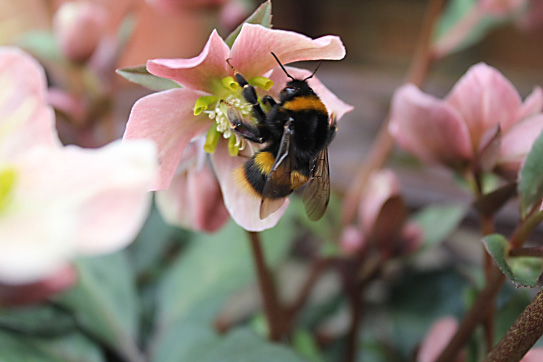 TEST
TEST
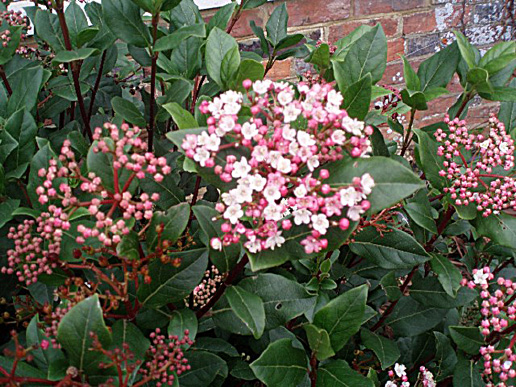 TEST
TEST
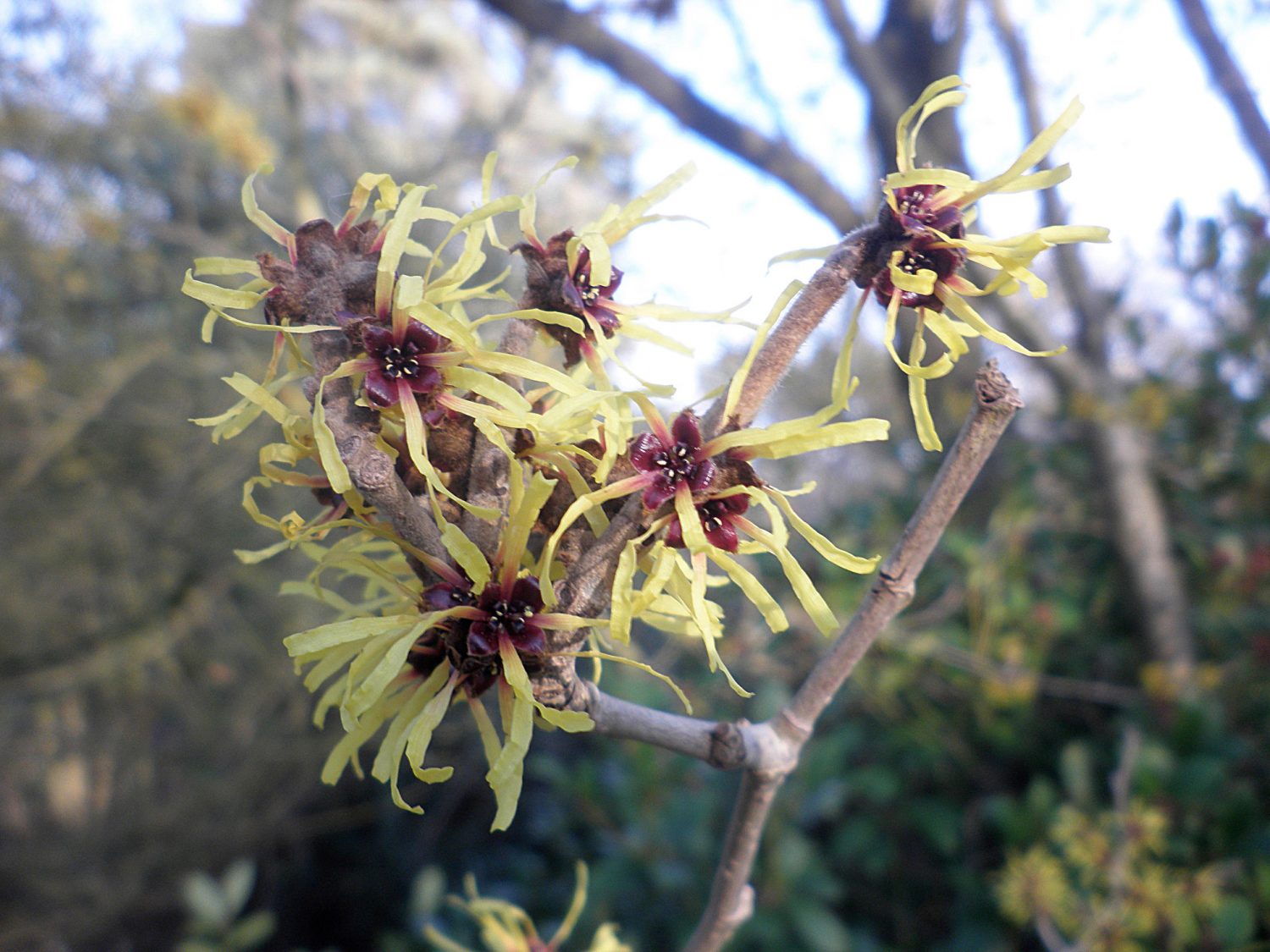
Witch Hazel: Hamamelis x intermedia ‘Pallida’
TEST
- words: Jo Arnell
You may also like
Go with the Flow
Sue Whigham shares some valuable new-to-gardening advice I’m sure that by now we should be used to the rain but I’m not entirely sure that we are. We had a dry, sunny day the other day and how everybody’s mood...
Farm Fables
Jane Howard gets to the bottom of why so many ponds have disappeared across the High Weald I have a new passion, almost an obsession, it’s about ponds. And there’s a distinct possibility I might become a bit of a...
Hedge Issues
Sue Whigham takes a meander along nature’s verdant and vital corridors Recently the BBC’s Today programme carried a feature about England’s hedgerows which created a lot of interest among listeners. On the strength of that, Martha Kearney interviewed one of...
